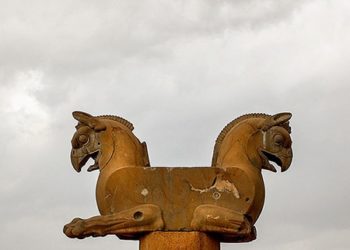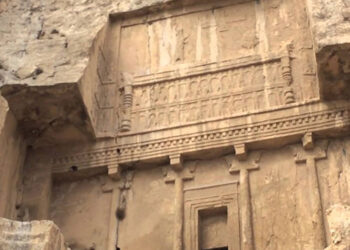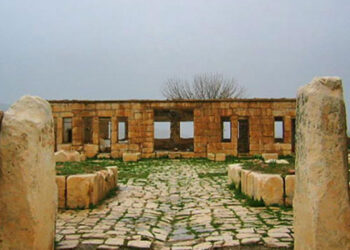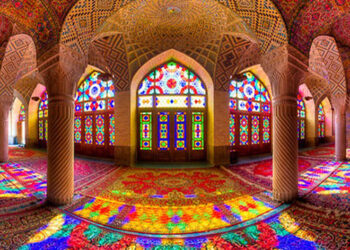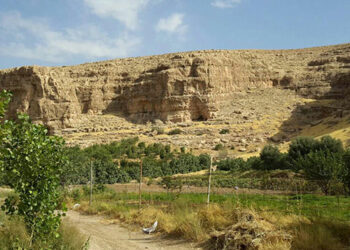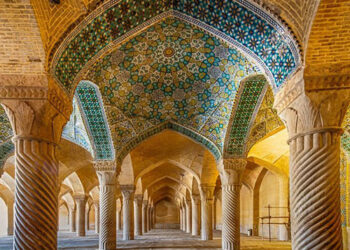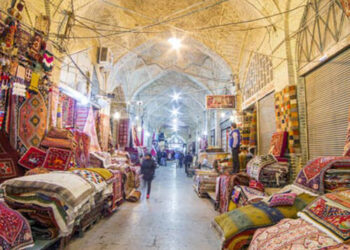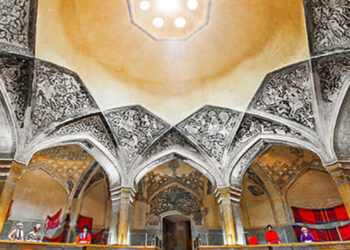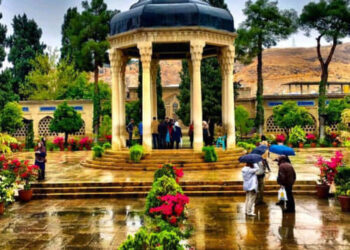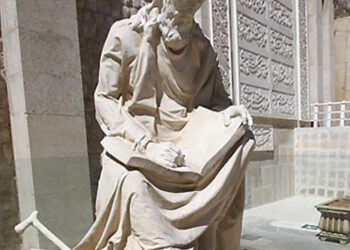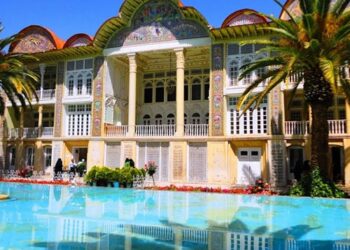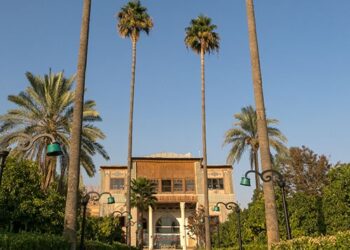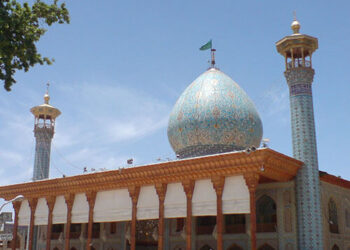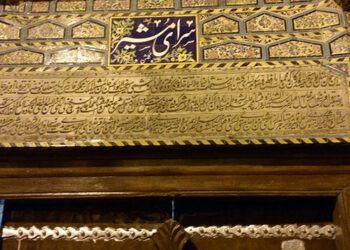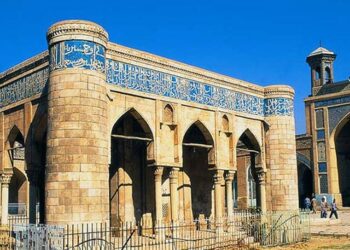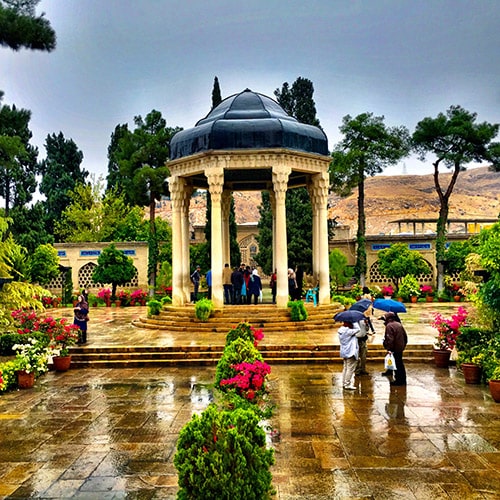
Shiraz

Shiraz is the center of Fars province in the southwestern part of Iran and the fifth most populous city in Iran. Shiraz is the birthplace of mystic, romantic and poetic thoughts.
Some historians believe that Shiraz means “Center of Good Grapes”.
Shiraz has a beautiful weather on most days of the year, it is peaceful and soulful and its veins are filled with life. This fact makes the journey to this city always memorable. In Shiraz in addition to historical sites and traditional Iranian architecture, you will face a great culture, tasteful and hospitable people, delicious foods and drinks and a fresh scent.
History

The first mention of the name of Shiraz was given to the Elamite clay tablets. 4000 years ago. In this tablet of Shiraz, it is called Tiraziz, which has been styled in Ancient Persian “Shiraziz”. Also, the name of Shiraz in the official Sassanian seals, is an artifact in the east of Shiraz. The name of Shiraz is also found in the inscriptions on the cemetery discovered in Persepolis. Shiraz has been an important city during the Achaemenid period. In the thirteenth century, due to the flourishing of science, culture and art, Shiraz was renowned for its activities. Many famous Iranian poets and philosophers were born in Shiraz, which had a significant contribution to the renown of Shiraz. Among them, Sa’di, Hafez, Mulla Sadra can be named. During the Safavid period and the rule of Shah Abbas, Shiraz was booming, and magnificent buildings were built in Shiraz. After the Afghan invasion of Iran and the fall of the Safavid, the descent of Shiraz began and then, with the rebellion of the local rulers during the Afsharian period against Nader Shah, this deteriorated. Nadir Shah led the army to Shiraz and the city fell after several months of siege. Shiraz boomed fast. Karim Khan Zand Shirazi was chosen as the capital of his reign. He recruited 12,000 workers to build a castle in the city center and the built ditch around the city. He was also involved in the construction of mosque, bath, water supply and market. During the Zandieh period, Shiraz also had an irrigation system.
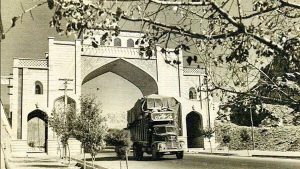
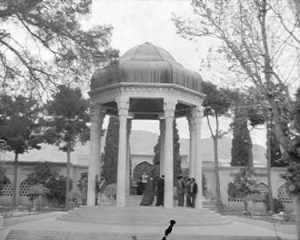
After Karim Khan, his successors did not succeed in maintaining the Zandye dynasty, and after the Qajars came, Qajar’s Agha Mohammad Khan transferred the capital to Tehran. In the Qajar period, Shiraz was also of particular importance, and Shiraz’s rule has always been a special privilege given to the rulers. Shiraz is famous for poetry in Iran. The garden has a special place in the Iranian culture, and Shiraz has long been famous for its beautiful gardens.
Shiraz speak Persian with Shirazi accent. The emergence of two great Persian poets, Hafez and Saadi, has influenced all aspects of the life of the people of Shiraz from the Mongol era, after the works of these poets. In such a way as to diminish the ancient dialect of the people of this city and the domination of the Persian new in the city.
The religion of most people in Shiraz is Islam. Most of Shiraz’s Jews emigrated to Israel and the United States during the fifty-two years of the 20th century. The city still receives a minority of 6,000,000 Jews. Due to Christian propaganda activities in the 19th and 20th centuries, small groups of Protestant denominational Christians live in Shiraz. There are currently two active churches in Shiraz, one belonging to the Armenians and one belonging to the Anglican Church.
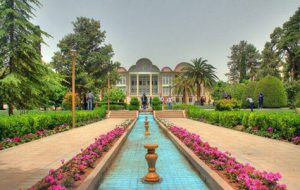
Geographies

The city of Shiraz, the capital of Fars province, has a length of 40 km and a different width of 15 to 30 km and is geographically located in the southwest of Iran and in the central part of Fars. The surrounding area of Shiraz is surrounded by relatively high mountains that are strategically important for the preservation of the city. Shiraz has moderate climate. The city is westward to the Drake Mountain, from the north to the Bamou, Babakuhi and Chehel-magham mountains.
Location of the city
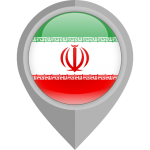
Shiraz is one of the major cities in Iran and the capital of Fars province. The population of Shiraz in 1395 was about 1, 712, 745 tons. Shiraz is the third Iranian city after Tabriz and Tehran.
Population
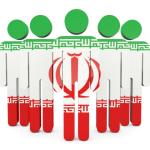
The climate map of Iran is located in the southwest of Iran, and its climate is Mediterranean. The average temperature in July (warmest month) is 30 degrees Celsius, in January (the coldest month of the year), 5 degrees Celsius, on April 17 Degrees Celsius and in October is 20 degrees Celsius and the average annual temperature is 18 degrees Celsius.
Weather

Places

Gallery






